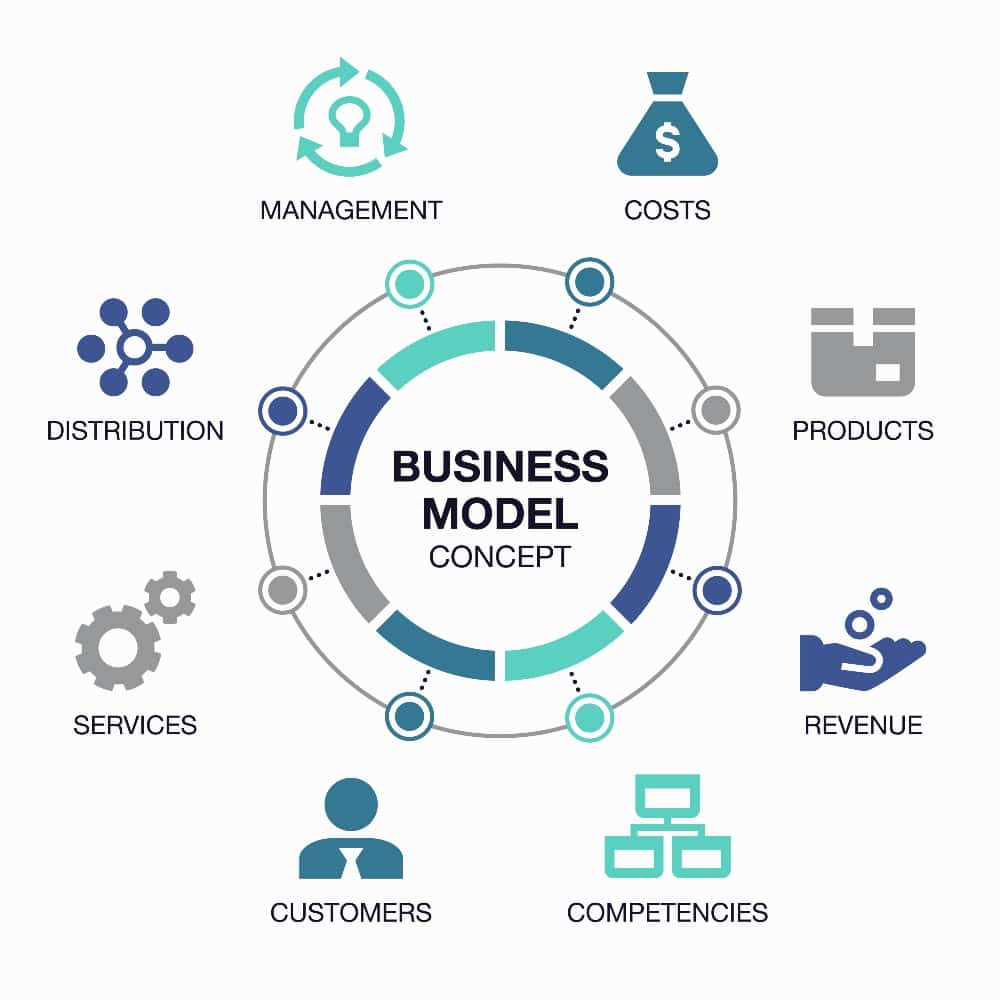Mar03

Business model design is a critical aspect of building a successful business. A business model defines the strategy and structure of a company and provides a framework for decision-making. It is an essential tool entrepreneurs, and managers use to create value, generate revenue, and manage costs. A well-designed business model helps companies to achieve their goals, attract investors, and stay competitive in a constantly changing market. This article will explore the importance of using business model design and its benefits for businesses.
Firstly, a business model is the foundation of a company’s strategy. It defines how a company creates and delivers value to its customers and how it captures that value in the form of revenue. A well-designed business model helps a company focus on its core strengths and identify the key activities to drive success. It also enables a company to differentiate itself from competitors and create a unique value proposition that resonates with customers.
For example, consider the business model of Amazon. Amazon’s business model is built on customer-centricity, low prices, and fast delivery. This strategy has enabled Amazon to dominate the e-commerce market and become one of the most valuable companies in the world. By focusing on these core strengths and creating a unique value proposition, Amazon has built a loyal customer base and attracted investors.
Secondly, a well-designed business model helps companies to generate revenue and manage costs. A business model defines a company’s revenue streams, including the pricing strategy, distribution channels, and customer segments. It also outlines a company’s cost structure, including the key resources, activities, and partners required to deliver the value proposition.
Managers can make informed decisions about pricing, marketing, and investments by understanding a company’s revenue streams and cost structure. For example, if a company’s cost structure is too high, it may need to adjust its pricing strategy or look for ways to optimize its operations. Alternatively, if a company’s revenue streams are not generating enough income, it may need to expand its customer base or explore new distribution channels.
Thirdly, a well-designed business model helps companies to stay competitive in a constantly changing market. Markets are dynamic, and companies must be agile and adaptable to stay ahead of the competition. A business model provides a framework for innovation and growth, enabling companies to experiment with new products, services, and business models.
For example, consider the business model of Netflix. Netflix started as a DVD rental service and has since evolved into a streaming platform that produces original content. By experimenting with different business models and revenue streams, Netflix has been able to stay ahead of the competition and maintain its position as a market leader.
Finally, a well-designed business model helps companies to attract investors and secure funding. Investors are interested in companies with a clear and compelling business model demonstrating the potential for growth and profitability. A business model provides a roadmap for success, and investors want to see evidence that a company has thought through its strategy and is focused on achieving its goals.
For example, consider the business model of Airbnb. Airbnb’s business model is built on the sharing economy, enabling it to disrupt the hospitality industry and generate significant revenue. Investors were attracted to Airbnb because of its innovative business model and the potential for growth in the sharing economy.
In conclusion, the importance of using business model design cannot be overstated. A well-designed business model provides a roadmap for success and helps companies generate revenue, manage costs, stay competitive, and attract investors. It is a critical tool that entrepreneurs and managers can use to create value and build successful businesses. By understanding the importance of business model design and investing time and resources into developing a robust business model, companies can achieve their goals, stay ahead of the competition, and create value for their customers and shareholders.
By Andrew Constable MBA, XPP, BSMP
Keywords: Business Strategy, Innovation, Leadership
 Employer Branding Needs Growth Hacking — Not More Campaigns
Employer Branding Needs Growth Hacking — Not More Campaigns The Wireless Renaissance: From Tesla’s Dream to Agentic Autonomy
The Wireless Renaissance: From Tesla’s Dream to Agentic Autonomy Collective Resonance: How Consciousness Scales Beyond the Individual
Collective Resonance: How Consciousness Scales Beyond the Individual Autonomous Wingmen: Scaling Sustainable Aviation via NVIDIA NAT and Formation Flight
Autonomous Wingmen: Scaling Sustainable Aviation via NVIDIA NAT and Formation Flight The Board Chair as the Primary Lever of Psychological Safety
The Board Chair as the Primary Lever of Psychological Safety